Discover the magic of homemade fermented pickles. Crunchy, tangy and full of probiotics, they're a perfect addition to any meal.
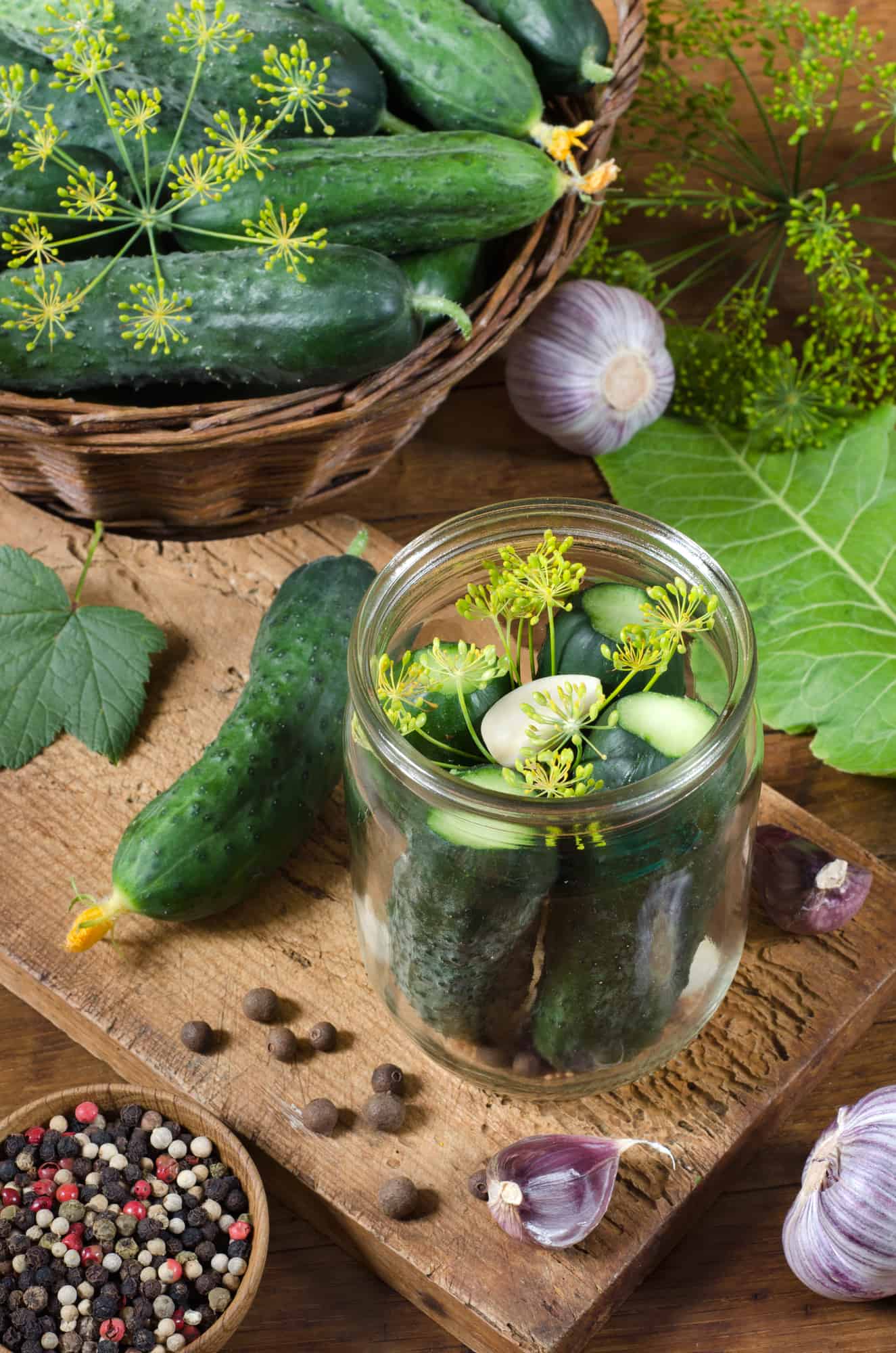
You might be familiar with the crunchy, tangy taste of store-bought pickles, but there's something incredibly satisfying about making your own fermented pickles at home.
The process of fermentation is simple, requires minimal ingredients and allows you to experiment with various flavors and techniques.
When you choose to make your own fermented pickles, you're tapping into the ancient art of fermentation, a process that has been used for centuries to preserve and enhance food.
From the classic garlic and dill pickles flavor combination to more adventurous options, these pickles will open doors to new culinary experiences.
What is the difference between fermented pickles and regular pickles?
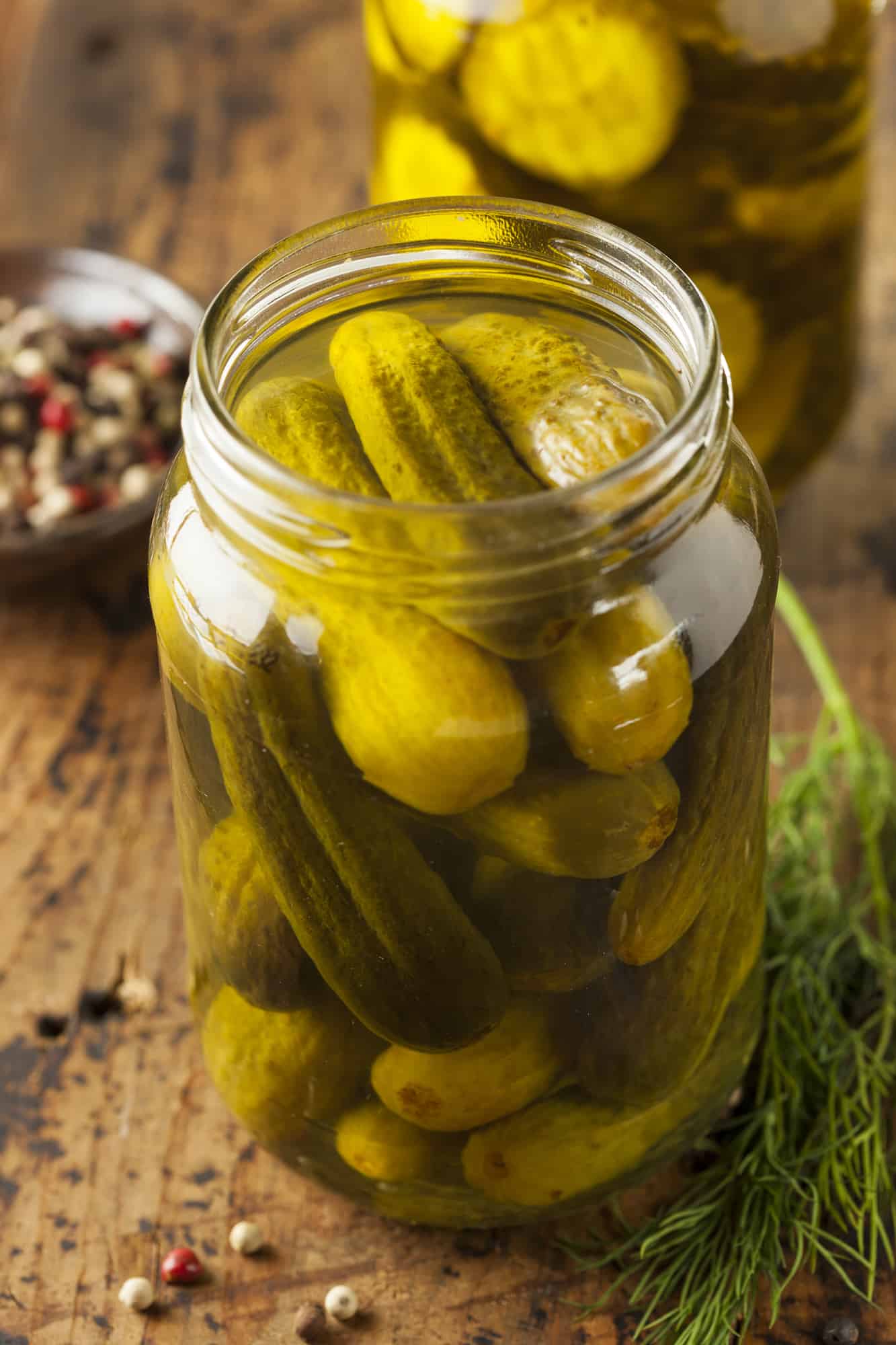
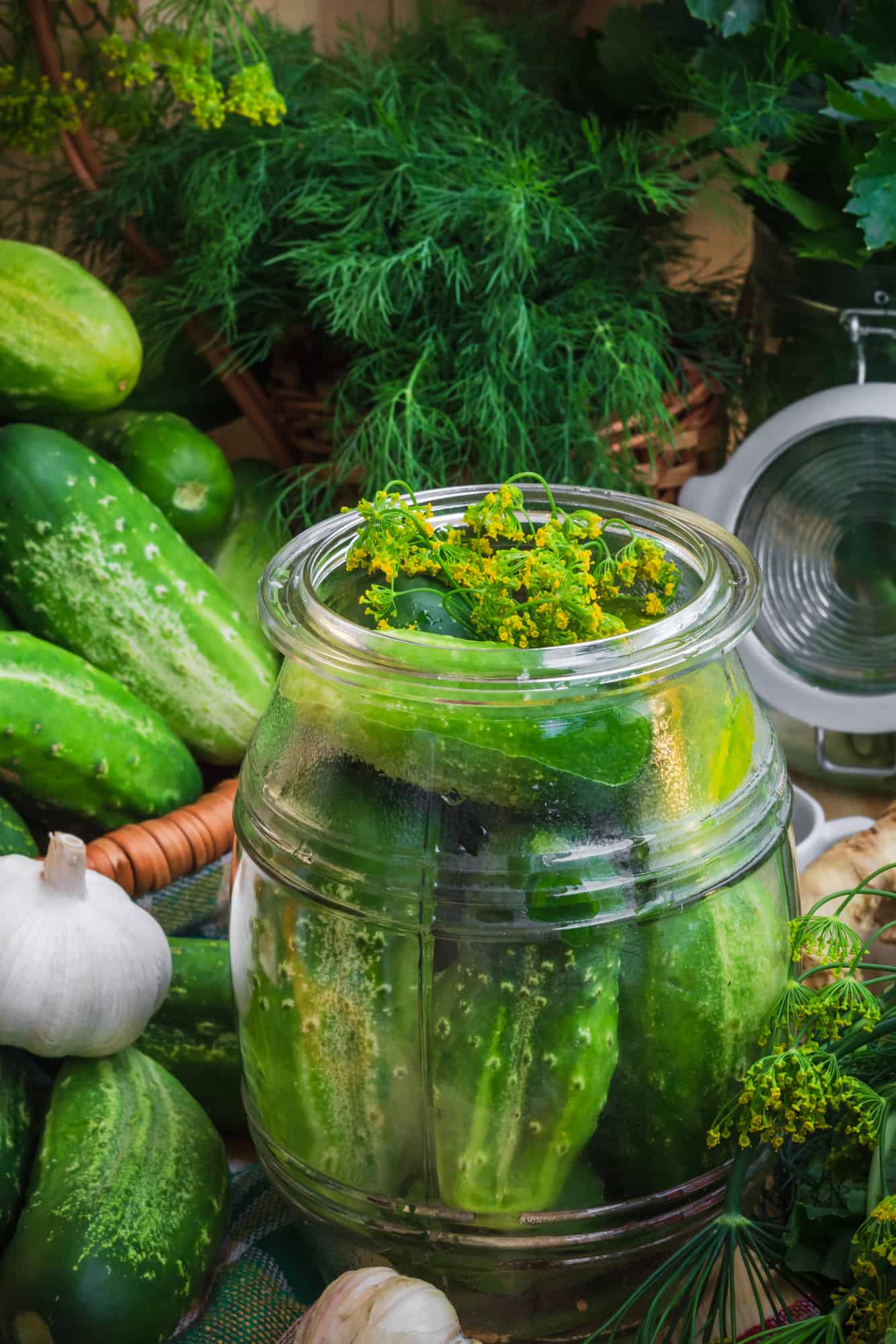
Fermented pickles rely on the natural bacteria present in vegetables and a saltwater brine to undergo a transformation. During fermentation, the bacteria convert sugars into lactic acid, acting as a preserving agent. In addition, fermented pickles boast a unique, complex flavor that many people love.
On the other hand, regular pickles are made by preserving vegetables in a mixture of vinegar, salt and sugar, often with added spices. This process doesn't involve the fermentation stage or the involvement of beneficial bacteria. In the case of regular pickles, it's the vinegar that serves as the primary preserving agent.
The fermentation process allows good bacteria to thrive and these probiotics can help improve digestion, balance your gut flora and support your immune system. Here's a quick comparison table for the two types of pickles:
| Fermented Pickles | Regular Pickles | |
| Process | Fermentation | Pickling in vinegar solution |
| Probiotics | Yes | No |
| Flavors | Complex | Tangy |
| Preserving Agent | Lactic acid (produced by bacteria) | Vinegar |
History of fermented pickles
You might be wondering how fermented pickles became such a popular food item. Fermenting pickles dates back thousands of years, at least to the third century B.C.E.
Over time, the practice spread to various regions, each with its unique twist. Pickles were not just made with cucumbers but also with other vegetables, fruits and even fish.
What equipment is needed?
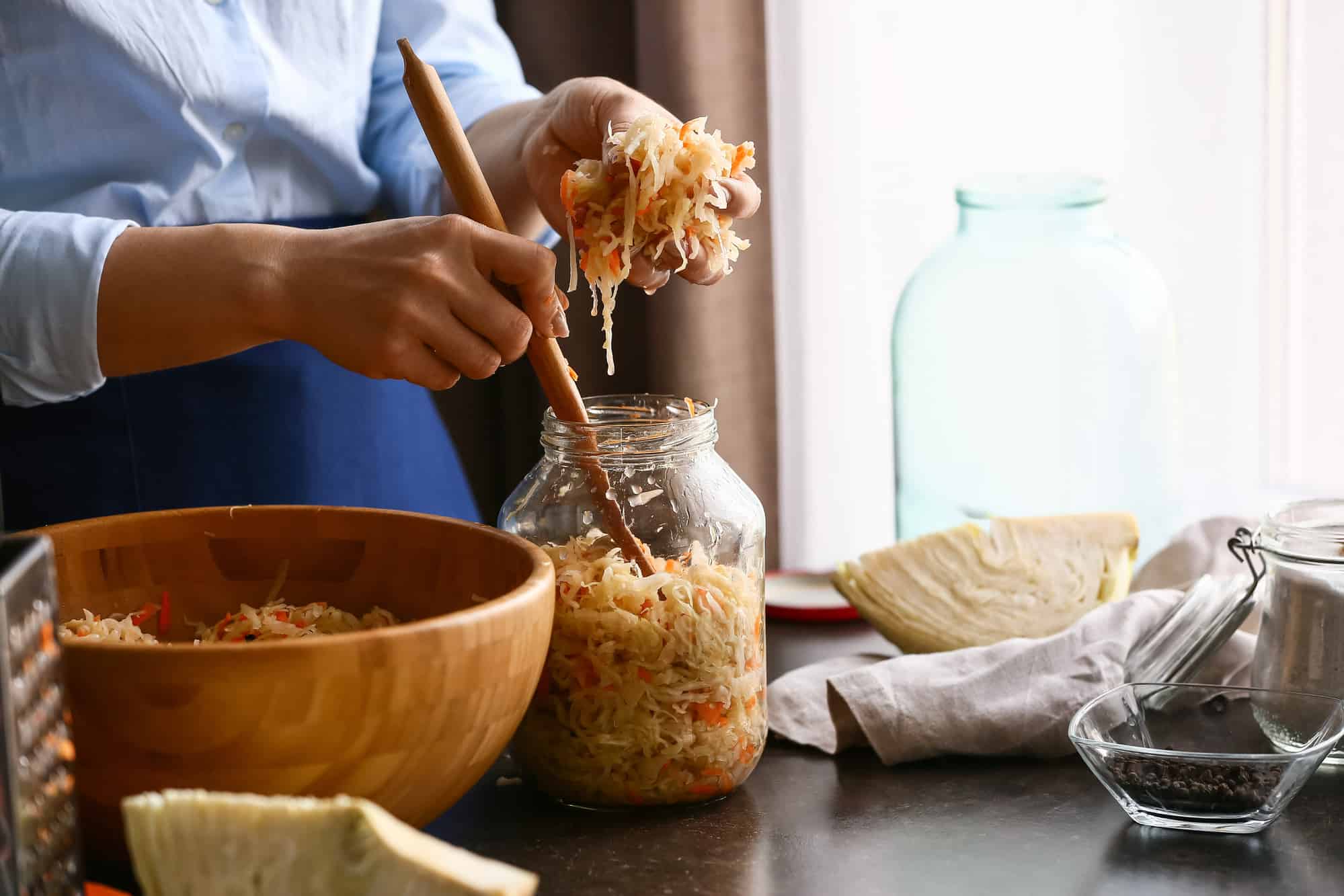
You'll need a few essential tools and equipment to start your fermented pickles journey. Don't worry; the list is not long and most items are easy to find or might already be in your kitchen.
- First, you'll need a fermentation container. This can be a large stoneware crock, a glass jar or a food-grade plastic container. Make sure it's clean and doesn't have any unwanted residue. I have a fondness for purchasing antique fermentation crocks from thrift stores, but I have also achieved favorable outcomes using a readily available fermentation crock.
- A quality knife or food processor will be your best friend when prepping vegetables for fermentation. I use a Global Santoku knife that I love - it's so well-balanced and light. For a food processor, I recently switched over to Braun, but I also use a Thermomix for a lot of chopping jobs.
- Weights to keep the vegetables submerged in the brine. If you're using jars, there are special weighted glass lids for fermentation. You can use pie weights, a bag of water or a plate.
- jars with lids and bands





Pickling ingredients

There are some key ingredients needed for making fermented pickles:
- Vegetables: Choose firm, fresh and unblemished vegetables. Avoid overripe or bruised ones, which might result in a mushy texture. While cucumbers are traditional pickling vegetables, you can pickle almost any vegetable. Consider using radishes, beets, green beans and more.
- Salt: Use non-iodized salt (kosher or pickling salt) to create the brine, as iodized salt can inhibit the fermentation process. Consult a recipe for the specific type of pickle you are making to determine the salt-to-water ratio.
- Flavorings: Common flavorings include dill, garlic, red peppers and pickling spices. Get creative and mix up your favorite flavors.
Duration and temperature
Generally, fermented pickles should be stored at 70 F and 75 F for 3 to 4 weeks. But fermentation time can vary based on the vegetable you are pickling. Cabbage takes longer to ferment than cucumbers.
Storing and shelf life
Fermented pickles can last for varying amounts of time, depending on your method and recipe. In general, you should eat the pickles within one to two months.
Fermented pickles in international cuisine
Fermented pickles are enjoyed worldwide; many cultures have put a unique spin on this age-old tradition. Let's take a closer look at some famous international fermented pickles.
Japanese tsukemono
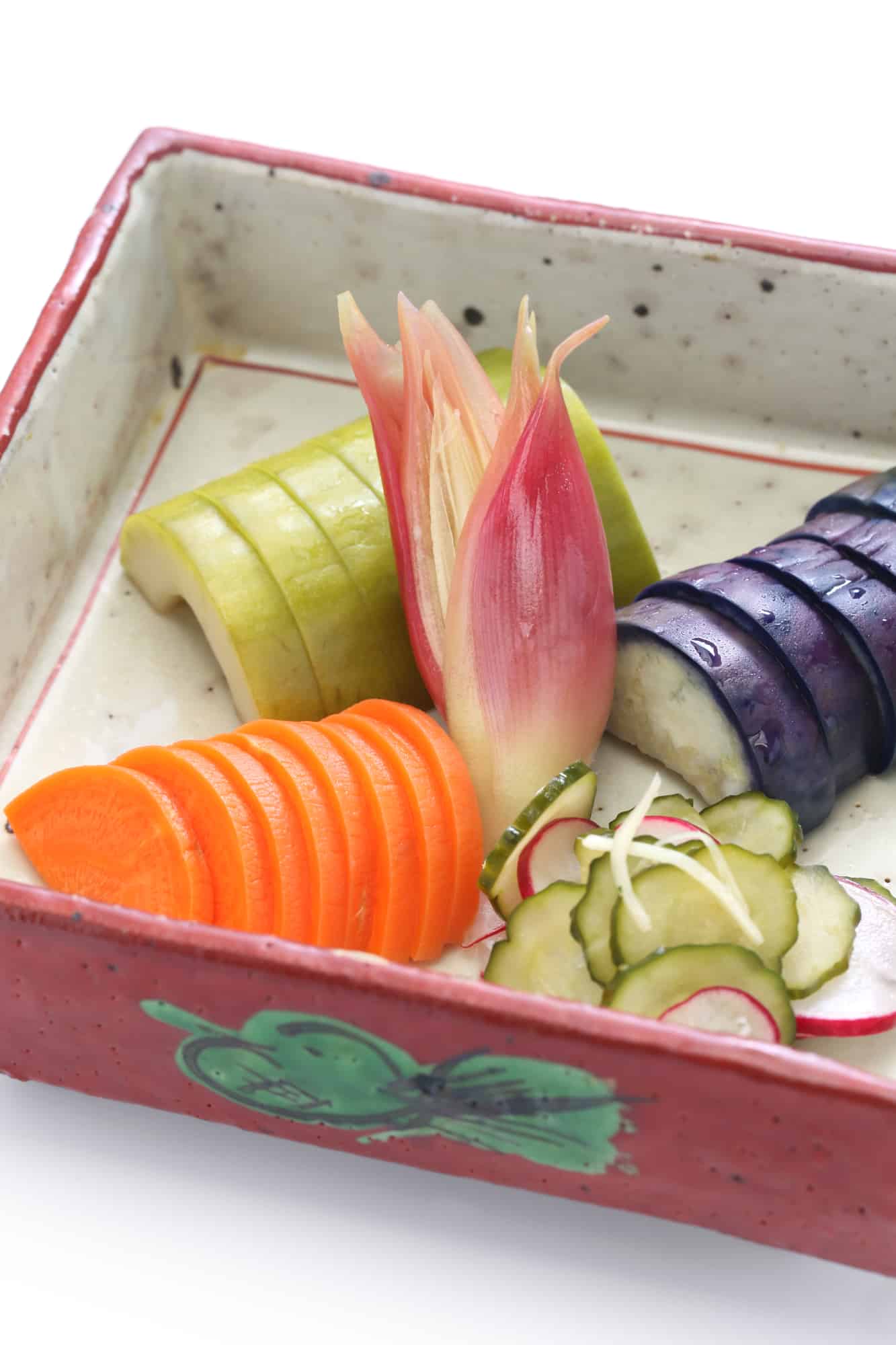
Tsukemono, or Japanese pickles, offer a delectable taste of Asian cuisine. Typically made from vegetables like cucumbers, radishes or eggplants, tsukemono are fermented and served with rice. They're perfect for adding color and flavor to your meal.
Indian achar
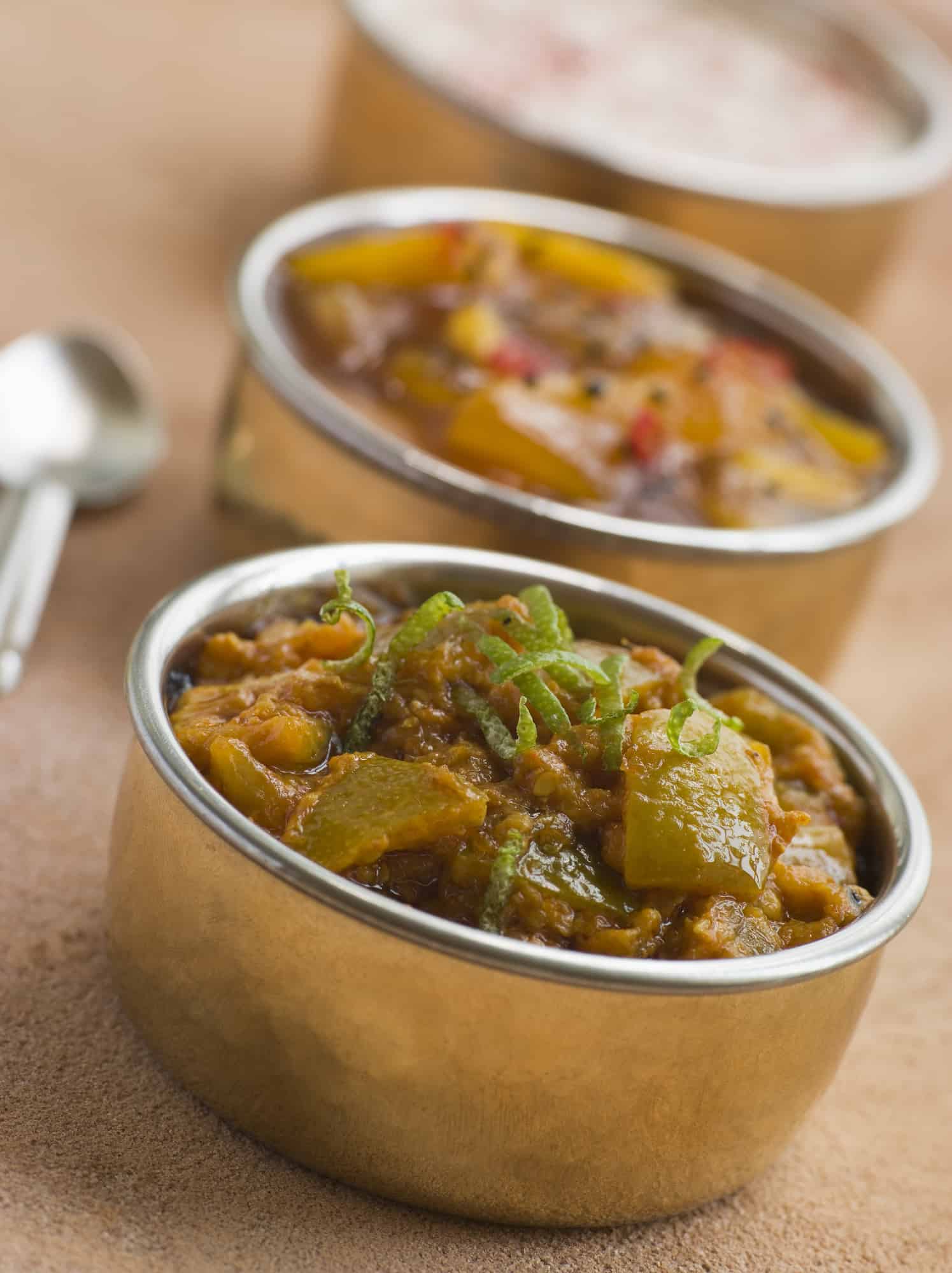
Achar hails from India and features a vibrant medley of fruits and vegetables. These pickles typically have a unique, spicy undertone due to the addition of spices like mustard seeds, fennel and red chili powder. Indian achar shines when paired with roti, dosa or rice.
Middle Eastern torshi
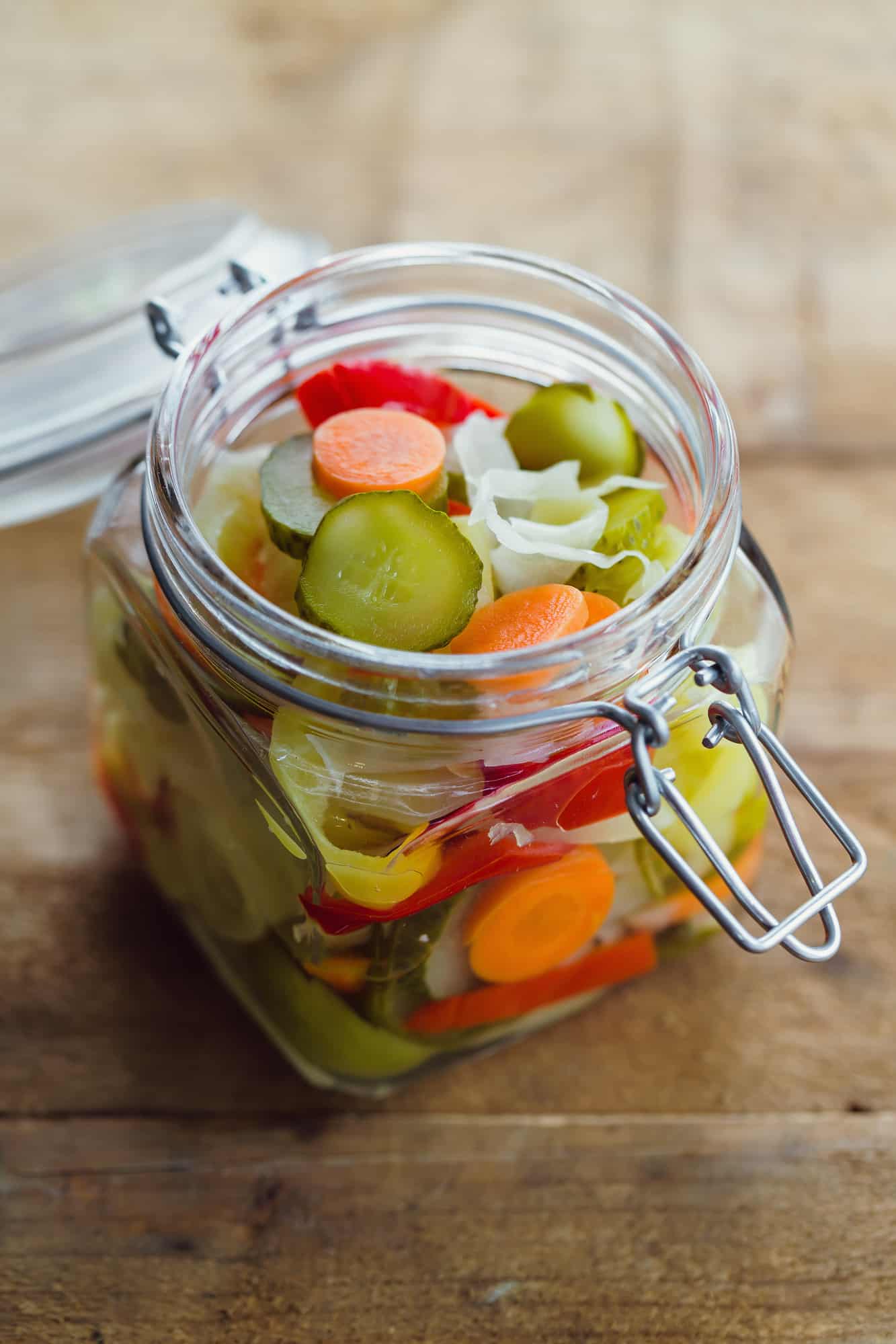
Fermented pickles are also enjoyed in the Middle East in the form of torshi. Made from various vegetables — such as cauliflower, carrots and cucumbers — torshi's tangy and savory flavor profile makes it an excellent accompaniment to grilled meats and rice dishes.
Using fermented pickles
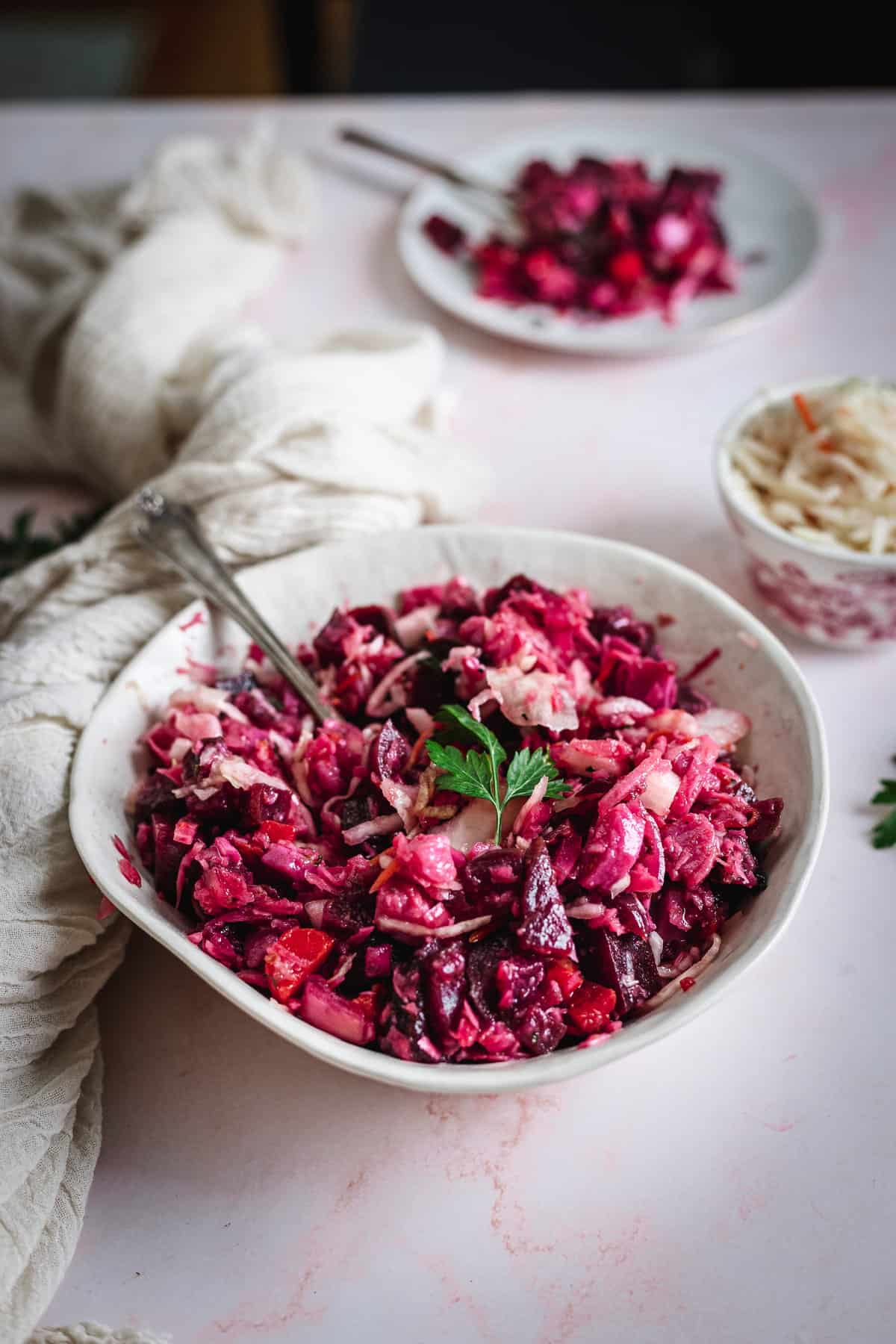
Adding fermented pickles to your favorite sandwiches (like in this sabich sandwich) and salads (like in Russian vinaigrette salad, or my marinated mushroom salad) can instantly elevate their taste and nutritional value.
They can be used instead of regular pickles, as the tang from the fermentation complements the flavors of many sandwiches.
"Fermented pickles are the way to go when you want a probiotic-rich addition for summer meals. My personal favorite is lacto-fermented pickle relish. Chop the cucumber into small pieces and ferment on the counter for a few days. It's quick, easy and brings a delightful tang to hot dogs, burgers and egg salads."
— Jessica Haggard, Primal Edge Health
For salads, try chopping up some fermented kosher-style dill pickles and adding them to a classic potato salad or pasta salad. The briny, crunchy pickles will add a surprising flavor to these familiar dishes.
They are also an excellent choice for snacking or as a part of a tasty appetizer spread. The pickles are great on their own but can also be served alongside crackers, cheese and cured meats for a delicious charcuterie board.
Remember, experimenting with different types of pickles, like those flavored with mustard seeds or peppercorns, can add even more variety to your dishes. So, don't hesitate to get creative and incorporate fermented pickles into your cooking routine.
Anne Jolly is the creator of the food blog Upstate Ramblings. She loves to cook with gadgets like an air fryer, sous vide or pressure cooker. In her free time she enjoys hiking, reading, knitting and spending time with her three kids.
This article originally appeared on Food Drink Life


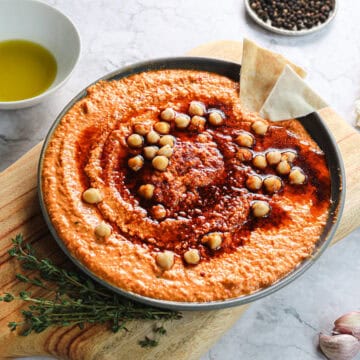
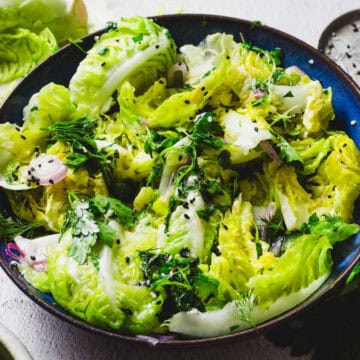
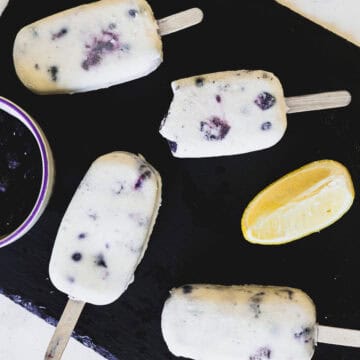
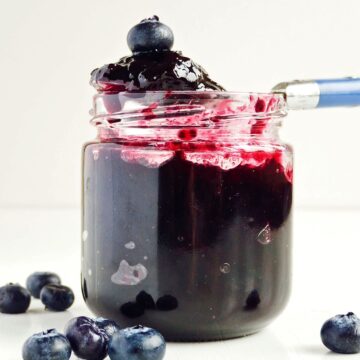
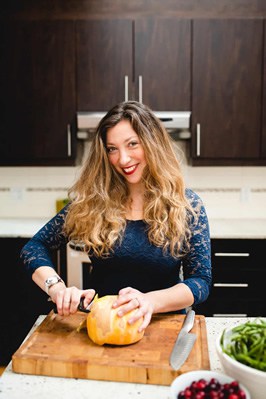
Tell Me What You Think!